
|
|
|
|
|
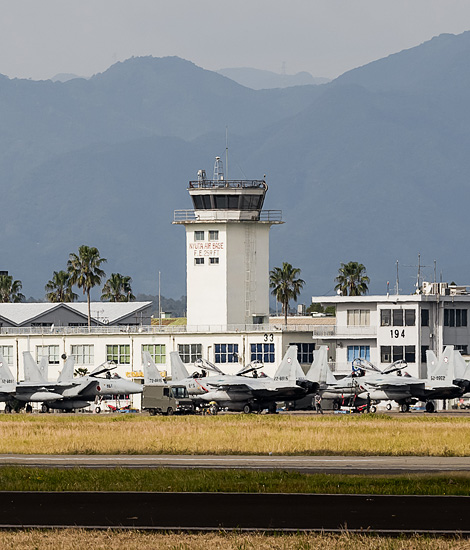
|
Training with Aggressor Eagles; Nyatubaru, November 7, 2019
Eagles for the Air Defense, part 7; Text and Photograph's by Alex van Noye
One of the best known units of the Japan Air Self Defense Force (JASDF) is the Flight Instructor Group (Hiko Kyodogun), which is also known as the Aggressor Group. The F-15J Eagles of the Aggressor Group are painted in many exotic colors according to the modern color schemes of the Russian Air Force and Chinese Air Force.
The use of aggressors in a modern air force ensures that the operational fighter pilots can train to the maximum and continue to learn because they are repeatedly challenged. Japan has been working with Aggressors since the 1920s to make their pilots better. At the time when aviation was often still part of the army, the battle was fought to set up the aviation branch as a single independent component. This was also the case in Japan. Finally, the Flight Experiment Department was established in 1939 to ensure that people could experiment with aircraft and, in particular, prepare pilots better for their work. However, it would take until the 1980s for Japan to gain access to a real Aggressor Squadron. The idea was suggested following the United States Air Force who achieved good results with this way of training during exercises such as Red Flag in Nevada. Aggressor units spend time studying new combat techniques and developing them by testing them in real life. The role of the aggressor unit is to perform this professionally and raise the level of the entire JASDF by training operational units based on the results produced. As an instructor, a pilot not only understands tactics that differ from his own theory, but he must also act as a virtual enemy aircraft in exercises. In addition, the Aggressor Group of the JASDF cannot only simulate the enemy role. They can also use virtual weapons from enemy countries for exercises. This makes a scenario realistic for the students during exercises.
In Japan, the Aggressor Squadron was set up by the JASDF to allow the air force pilots to experience what it is to fight against formidable opponents. The unit was set up with the introduction of the F-15J/DJ Eagle in Japan on December 17, 1981. The aim was to improve the interception skills of Japanese fighter pilots and air traffic controllers. The unit was established at Tsuiki in the Fukuoka Prefecture. The Aggressor Group started to fly with the Mitsubishi T-2. This type was initially chosen because the aircraft had the flight characteristics of the MiG-21. This Russian-made
|
|
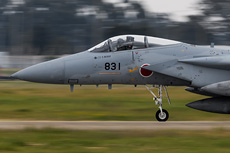
|
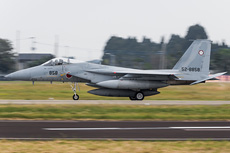
|
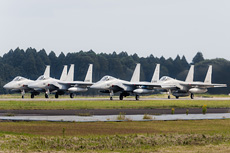
|
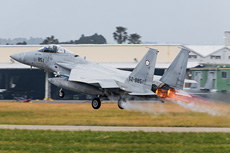
|
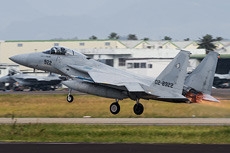
|
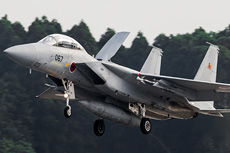
|
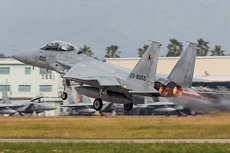
|
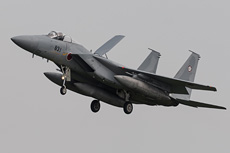
|
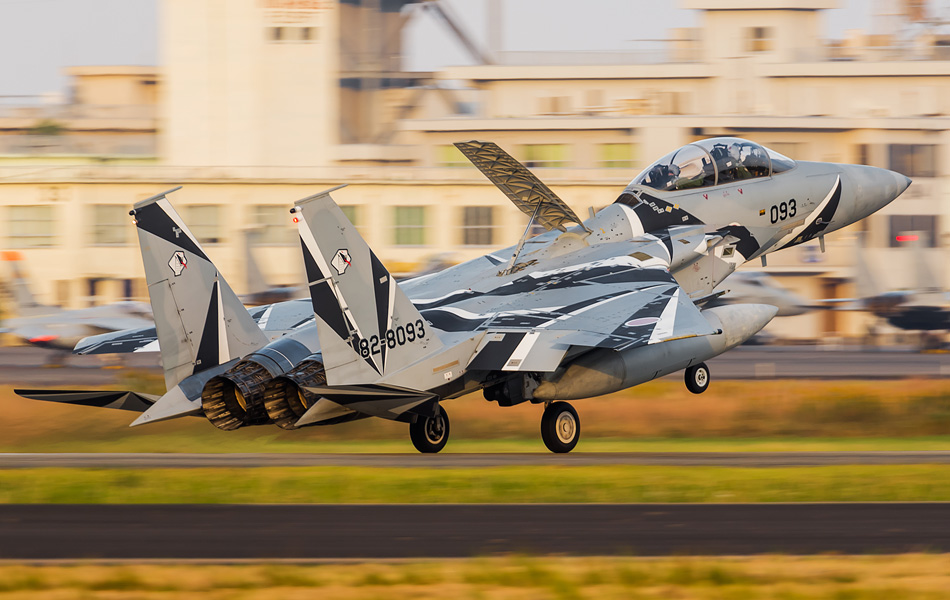
|
aircraft is used by most hostile countries around Japan. The T-2 was therefore an ideal aircraft to train against for Japanese fighter pilots. The unit would move from Tsuiki to Nyatubaru Air Base in the Miyazaki Prefecture on March 16, 1983. The new batches of F-15 pilots were trained at this air base and it was therefore logical to base the Aggressor Squadron here at that time. At the end of the 1980s, the T-2 advanced trainers were regularly involved in serious accidents. The aircraft was so heavily loaded in the air combat during exercises that the aircraft sometimes collapsed in the air and fell apart. This happened despite the fact that the planes were flown by very experienced instructors. Although the T-2 has an excellent maneuverability, it was decided to replace the type for safety reasons. Until its replacement, the T-2 pilots were no longer allowed to get the most out of their aircraft.
In 1989 it was decided to replace the Mitsubishi T-2 with the Mitsubishi F-15J/DJ Eagle. From 1990, the Aggressor Squadron was equipped with exclusively F-15DJ Eagle two-seaters at Nyatubaru. The fact that they chose two-seater was a choice for safety around the task that was performed with this aircraft. Only since the year 2000 a small group of single-seaters has been deployed at the Aggressor Squadron. In the Mitsubishi T-2 era, the color schemes of the aircraft were still kept low profile. The planes were often painted in the colors of the Soviet fighters. The aircraft also had Russian registration numbers and markings on the aircraft. After the introduction of the F-15, the registration numbers were simply painted on the aircraft again according to the Japanese system. This is in contrast to the American aggressor units that continued to fly with Russian registrations. The F-15s received very exotic color schemes over the years and there are not two aircraft that have the same colors. Nowadays, the colors are no longer only based on Russian aircraft, there are also Chinese color schemes on the F-15s. From 2014, the Aggressor Squadron has been merged with the newly established "Air Tactical Guidance Unit" and the "Air Self-Governing Unit". The unit is now much more than just an Aggressor Squadron, because there is a whole team around it that also develops training and tactics. From this merger, the unit is therefore referred to as the Aggressor Group. On June 10, 2016, the Aggressor Group would leave Nyatubaru, the unit was now based at Komatsu Air Base in the Japanese central military district.
To become an Eagle Driver within the Aggressor Group, the pilot must be among the best of its kind in Japan. One must excel at the operational squadrons to be eligible. It is not a position that a pilot can just apply for. An aspirant for the Aggressor Group is approached by the group itself and is reserved for only a few. After a pilot has been admitted to the Aggressor Group, he will retake the entire basic training of an F-15 pilot. During this process, the emphasis will not be on the proper management of the F-15 as a weapon platform. The pilot will mainly be busy putting together air combat scenarios by instructing the opponent. The pilot will mainly work on improving his own coaching skills to make trainees better at work. It is said that pilots who are not admitted to the Aggressor Squadron can feel a very large barrier, because they can bump into the ceiling of their own unit. At the Aggressor Group there is a ground control team of ground staff present who instructs the aggressor on the use of the weapons. This way of working makes scenarios realistic and challenges all Japanese pilots to the maximum. The trademark of the Aggressor Group is the Cobra. This snake implies high intelligence and is killing enemies with deadly poison in a single bite. The pilot wearing a badge from the Aggressor Group warns that "if you get shot, this will be your destiny." It should be clear that only the best of the best fighter pilots in Japan are admitted to this elitist group.
|
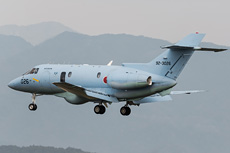
|
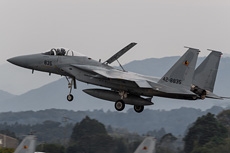
|
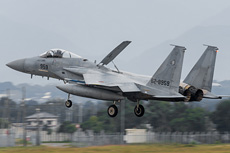
|
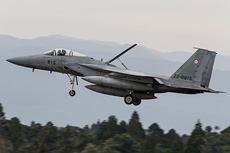
|
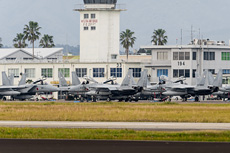
|
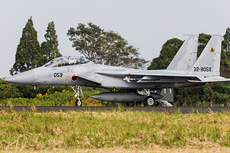
|
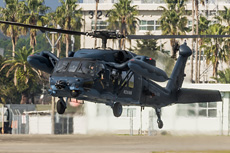
|
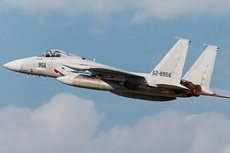
|
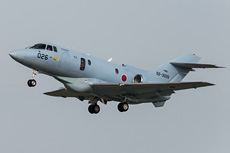
|
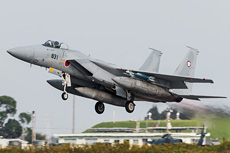
|
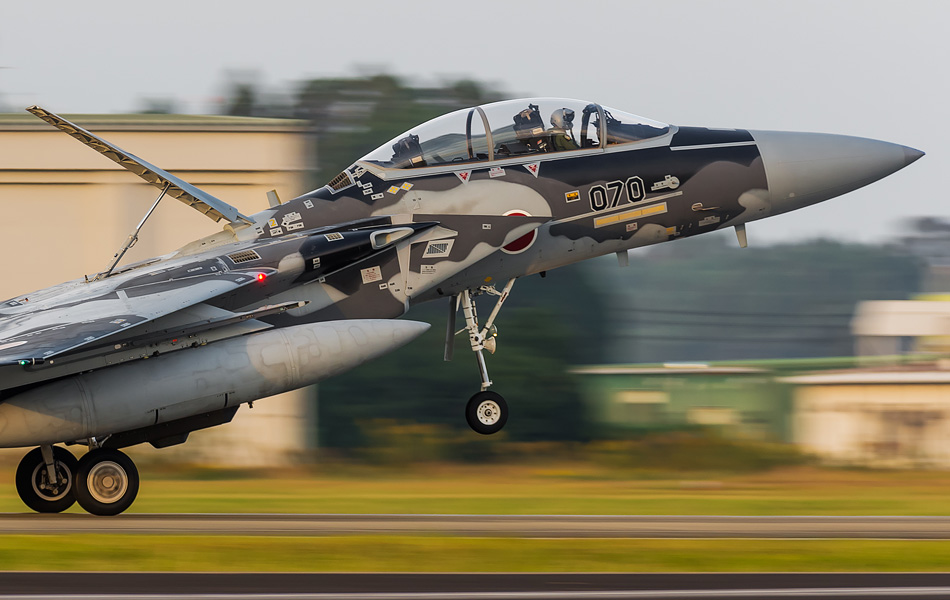
|
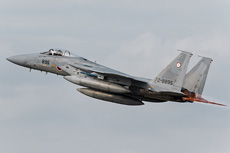
|
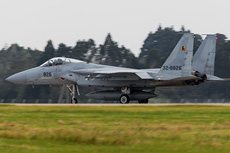
|
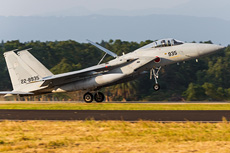
|
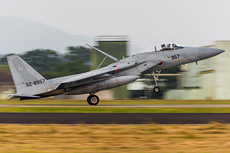
|
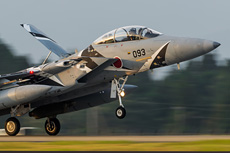
|
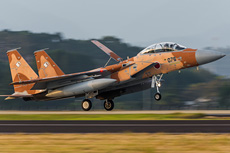
|
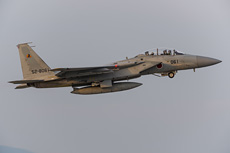
|
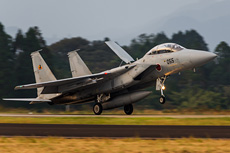
|
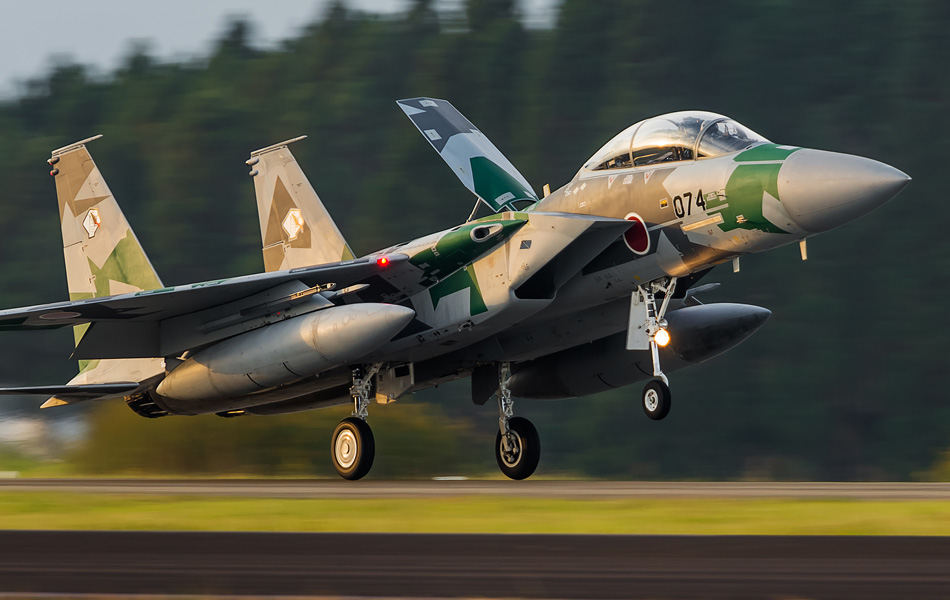
|
|
|

|







